London’s Sloane Street has been transformed into a ‘green boulevard’
Iconic shopping destination Sloane Street has had a facelift, now boasting wider pavements, enhanced seating and lighting, and a massive planting scheme
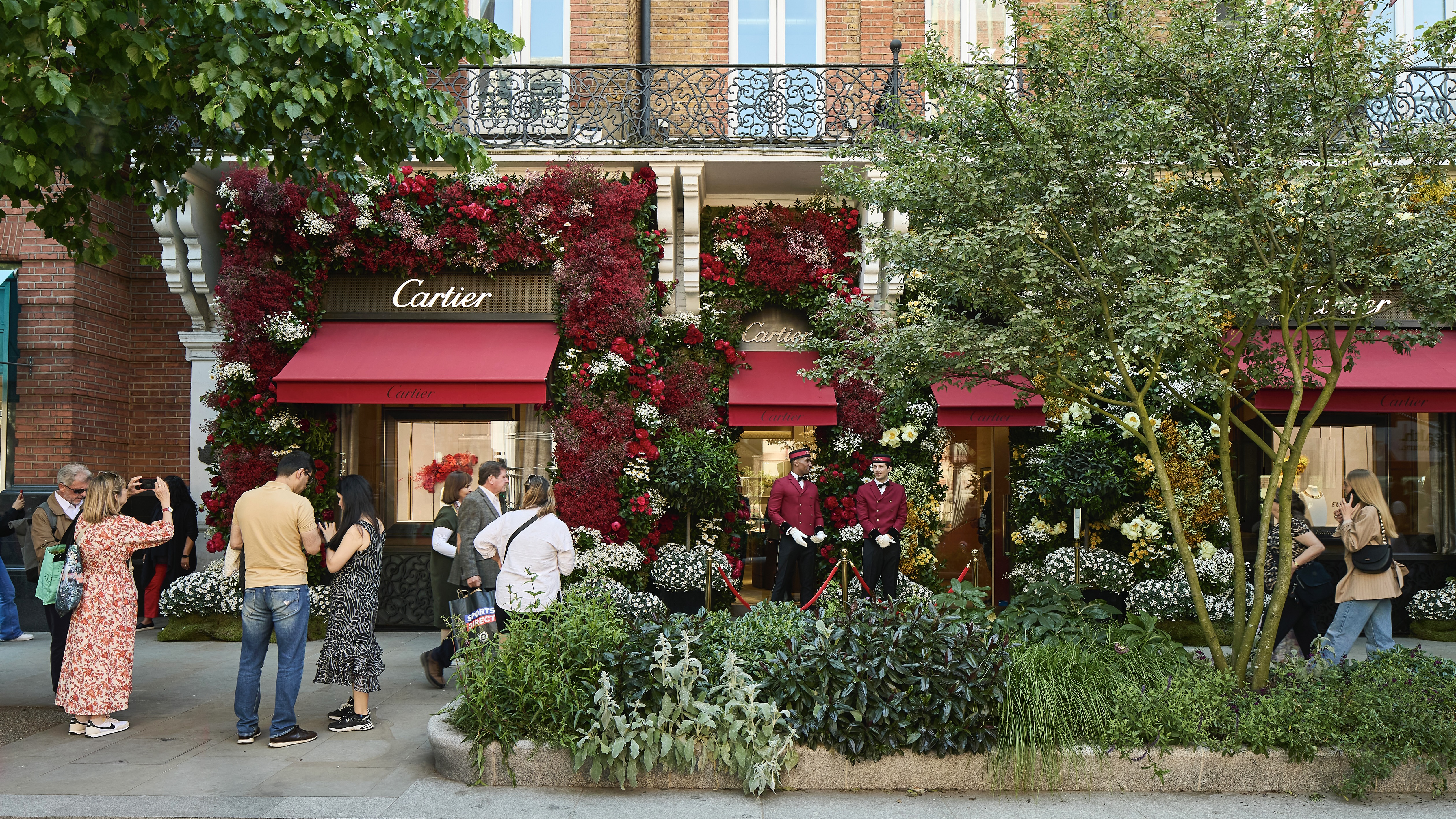
Last week marked the completion of the transformation of London’s Sloane Street – a project described by property management company, Cadogan Estates, as ‘one of the most significant streetscape improvements in almost 250 years’. The Chelsea address, which is known for its luxury shopping offering, has been turned into a ‘green boulevard’.
The plan was overseen by architecture practice John McAslan + Partners, whose chair, John McAslan, has described how Sloane Street’s generous width and architectural asymmetry allowed for the creation of a ‘grand boulevard’, with the objective of ‘enhancing wellbeing and increasing dwell time’. ‘Green infrastructure and a horticulturally-driven design’ have been implemented, as well as measures for ‘strengthening security and easing traffic’.
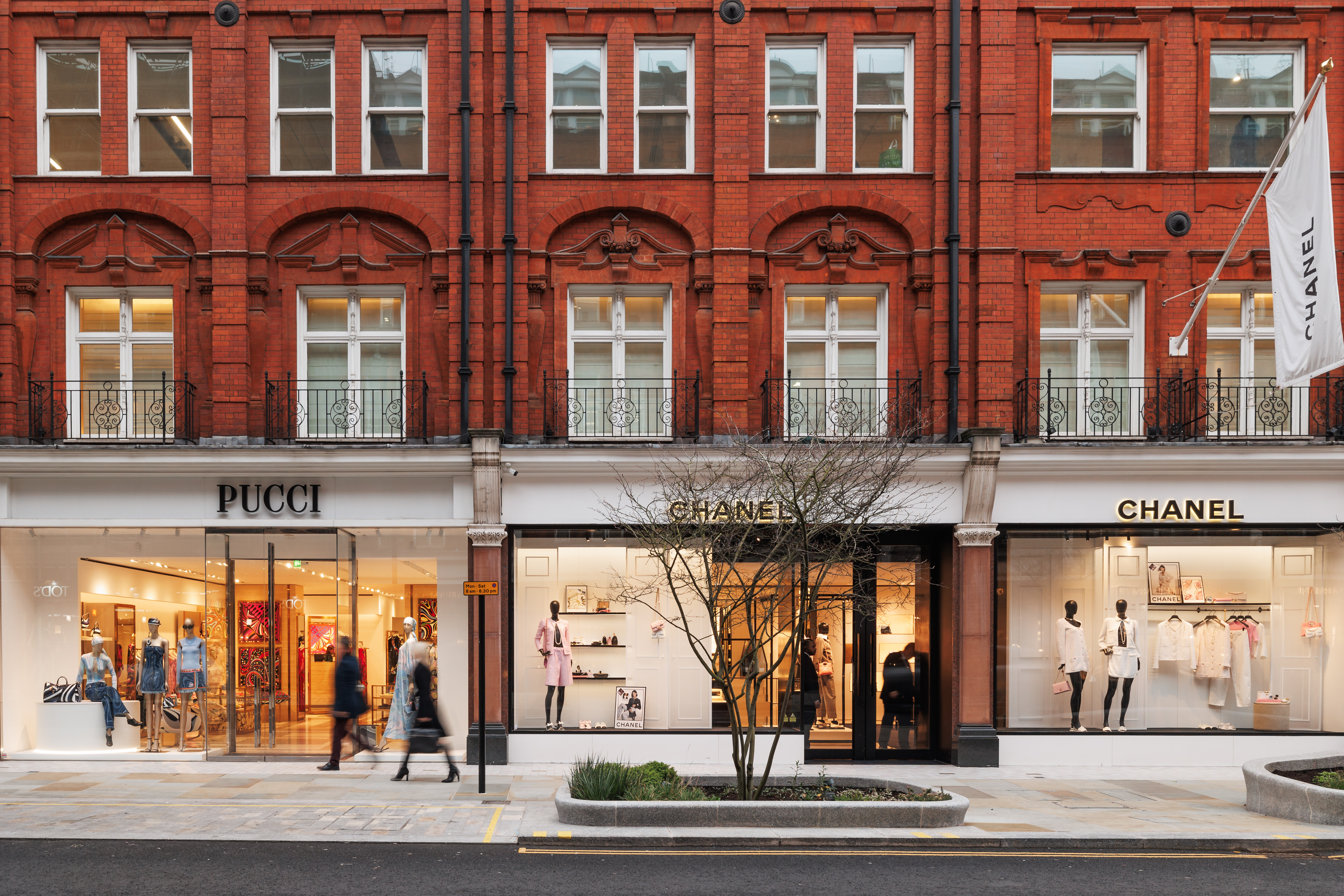
Sloane Street's transformation
The one-kilometre boulevard, which stretches from Knightsbridge to Sloane Square, has undergone a ‘greening’ achieved by a massive planting scheme inspired by the horticultural heritage of Chelsea, conceived by Flower Show-winner Andy Sturgeon. This scheme introduced more than 100 new trees, following a ‘royal’ colour palette of reds, purples and blues. The plants will offer year-round splendour with flowers, berries and a sculptural branch structure in winter.
A more pedestrian-friendly environment has been implemented by widening the pavement by 23 percent. Lighting has also been enhanced and street furniture introduced. Other changes include the introduction of granite and brass studs demarcating reconfigured parking bays; planters that act as a physical buffer between traffic and pedestrians; and artisanal iron lighting columns inspired by the Holy Trinity Church on Sloane Street.
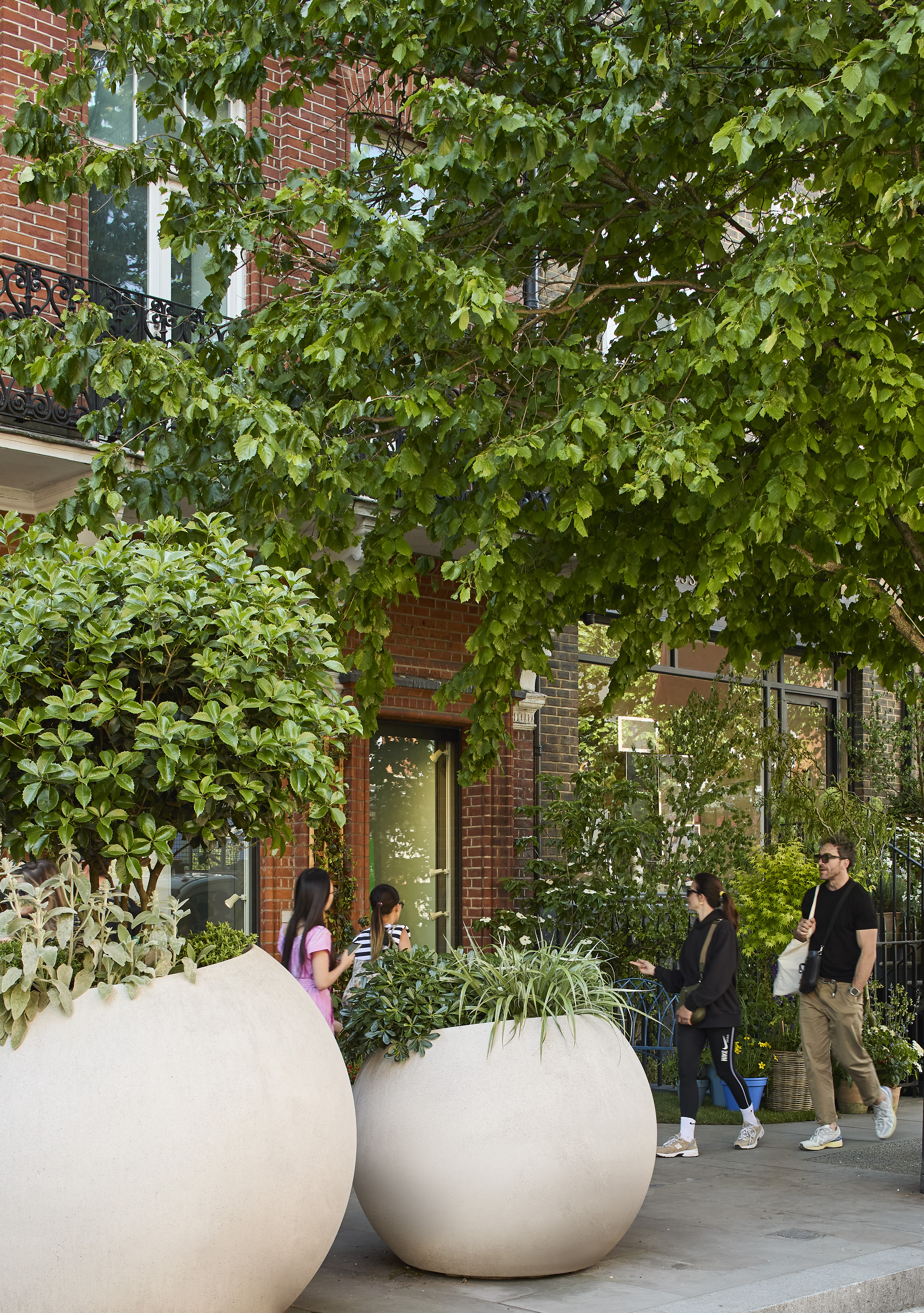

McAslan has also described how the plan ‘enriches biodiversity and ensures a lasting environmental legacy’ for Sloane Street by implementing sustainability measures such as the use of UK-sourced stone, drought-resistant plants, and LED lighting to reduce energy consumption.
The history of Sloane Street
Sloane Street was originally commissioned by the 1st Earl Cadogan in the 18th century. 300 years later, the site is still owned by the same family, now the Cadogan Group, which is the main landlord in Chelsea and Knightsbridge, and the second-largest of the surviving aristocratic freehold estates after the Grosvenor Estate (comprising Mayfair and Belgravia). Cadogan invested £46 million in this project.
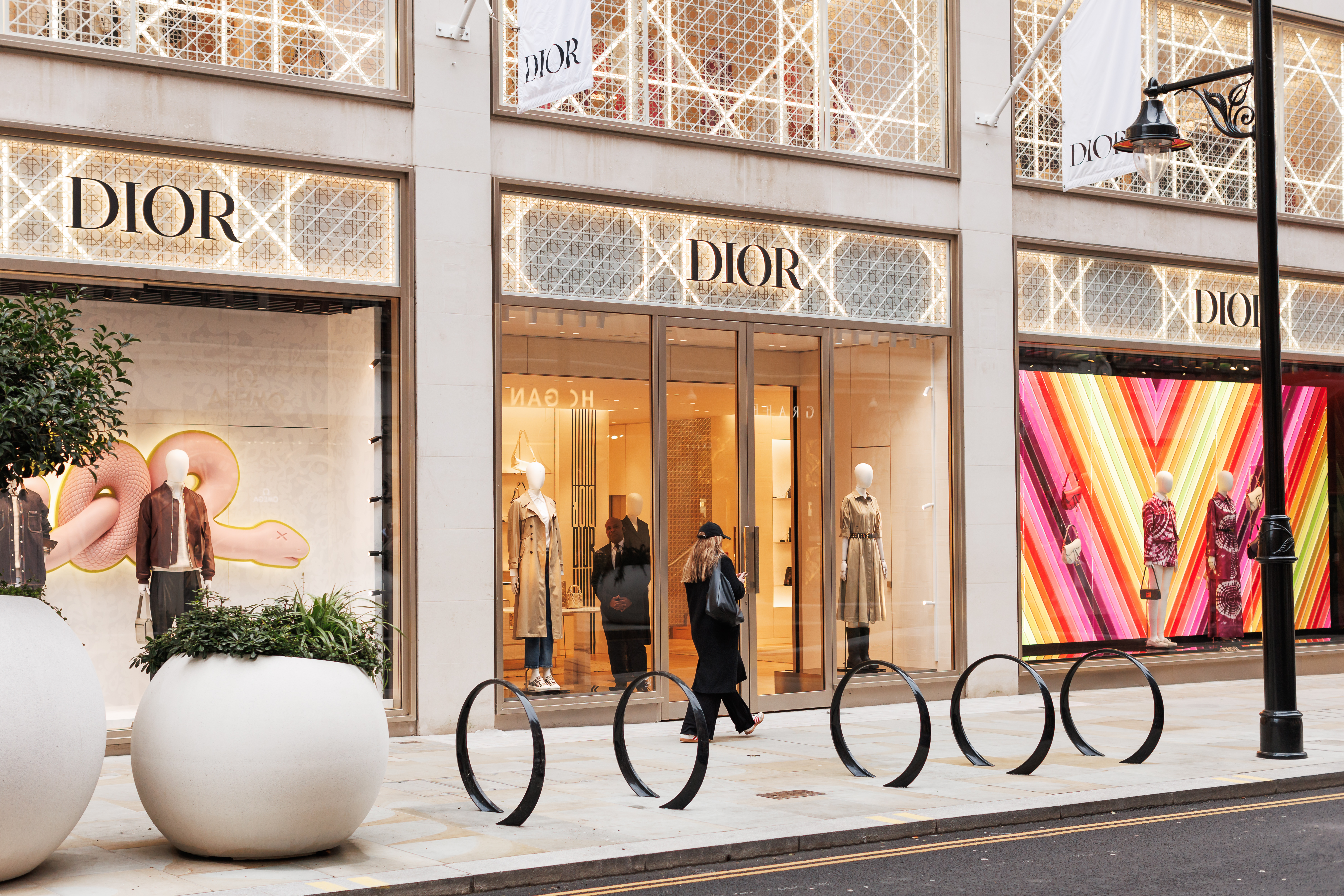
Today, Sloane Street is a London institution. In the 1990s, the Chelsea address became synonymous with the ‘Sloane Ranger’, the nickname given to the upper class young women who frequented the area and its proliferation of flagship stores for many of the biggest brands in fashion. The recent improvements to Sloane Street, argues McAslan, means that it now rivals the grandeur of Avenue Montaigne in Paris and Via Condotti in Rome.
Receive our daily digest of inspiration, escapism and design stories from around the world direct to your inbox.
It all speaks to the question of how you create welcoming urban environments. In this case, the answer seems to be a combination of spaciousness, greenery, lighting and other meticulously-thought-out details, down to the warm hue of the Yorkstone that lines the street.
Anna Solomon is Wallpaper’s digital staff writer, working across all of Wallpaper.com’s core pillars. She has a special interest in interiors and curates the weekly spotlight series, The Inside Story. Before joining the team at the start of 2025, she was senior editor at Luxury London Magazine and Luxurylondon.co.uk, where she covered all things lifestyle and interviewed tastemakers such as Jimmy Choo, Michael Kors, Priya Ahluwalia, Zandra Rhodes, and Ellen von Unwerth.
-
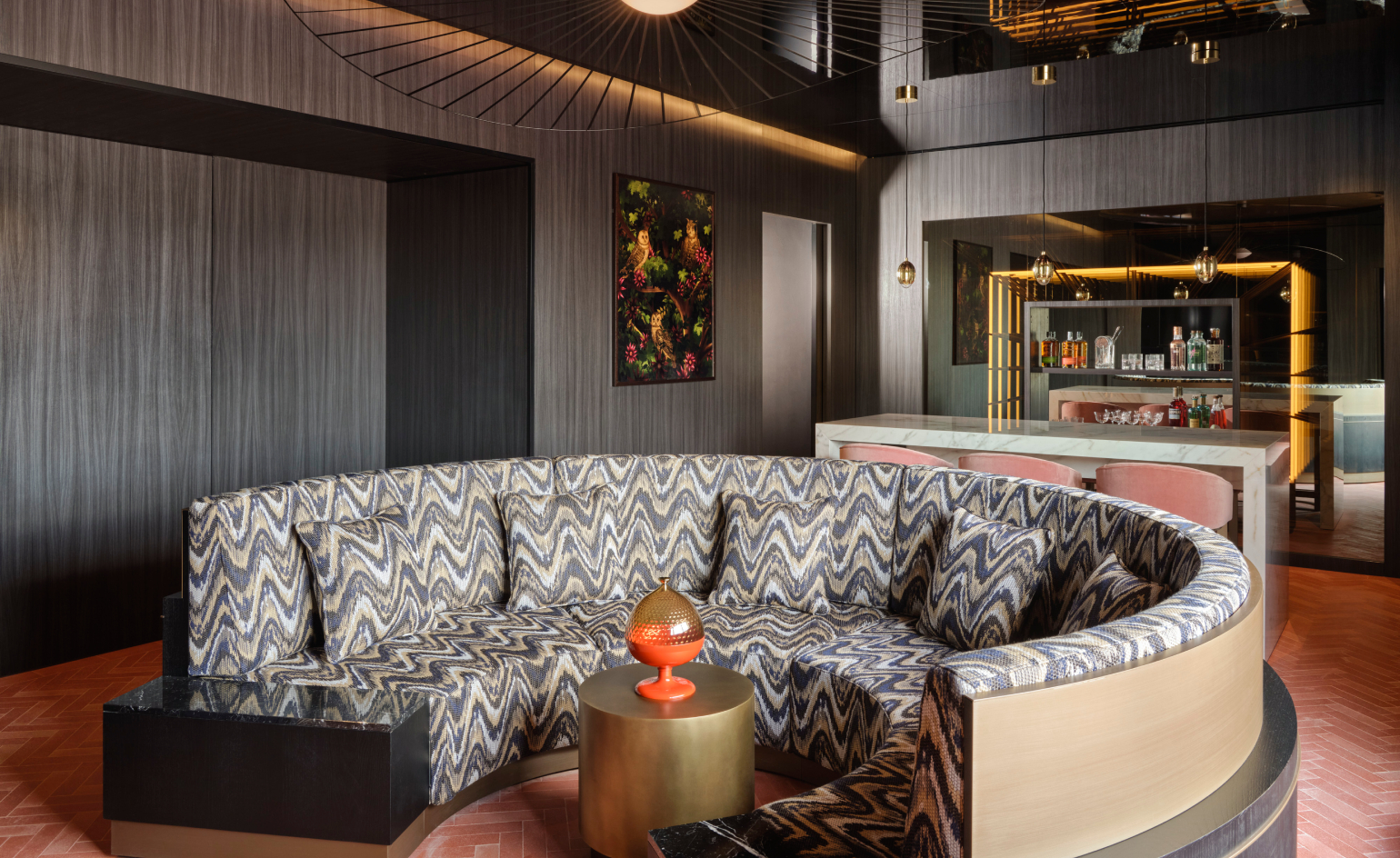 Experience the cradle of the Renaissance in a new light at Florence’s W hotel
Experience the cradle of the Renaissance in a new light at Florence’s W hotelFlorence’s palazzi, basilicas and baptistries groan with history. But the city’s new W hotel poses an alternative perspective – one that is distinctly modern
-
 Wallpaper* Gift Guides: What our director of digital content, Charlotte Gunn, has on her wishlist this year
Wallpaper* Gift Guides: What our director of digital content, Charlotte Gunn, has on her wishlist this yearFrom the year's most-anticipated music biography to stacks of vinyl, these goodies will help you unwind and unplug
-
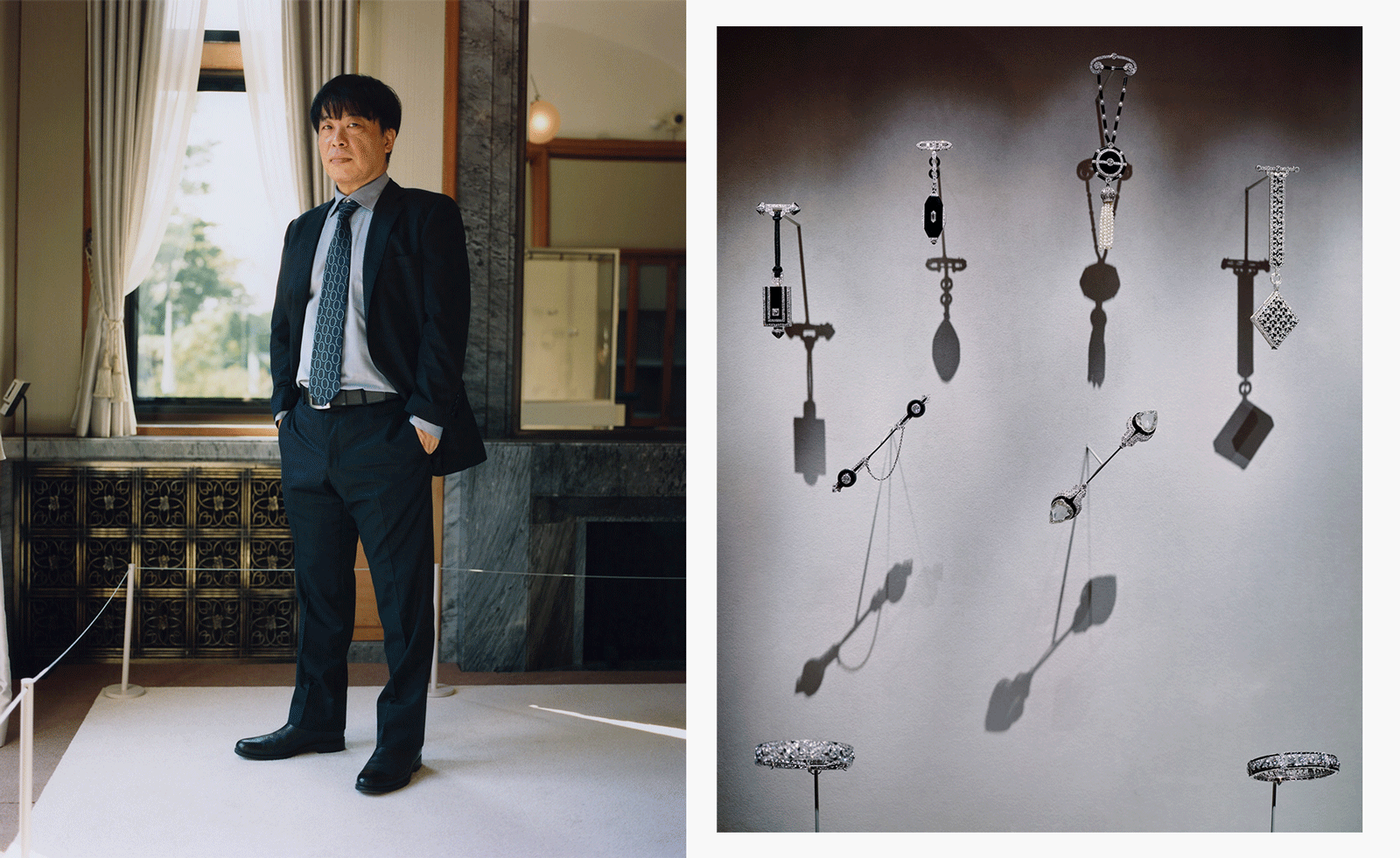 Van Cleef & Arpels celebrates the early flowering of its art deco jewellery designs with an exhibition in Tokyo
Van Cleef & Arpels celebrates the early flowering of its art deco jewellery designs with an exhibition in TokyoVan Cleef & Arpels nod back to an illustrative Art Deco history with an exhibition celebrating its influence
-
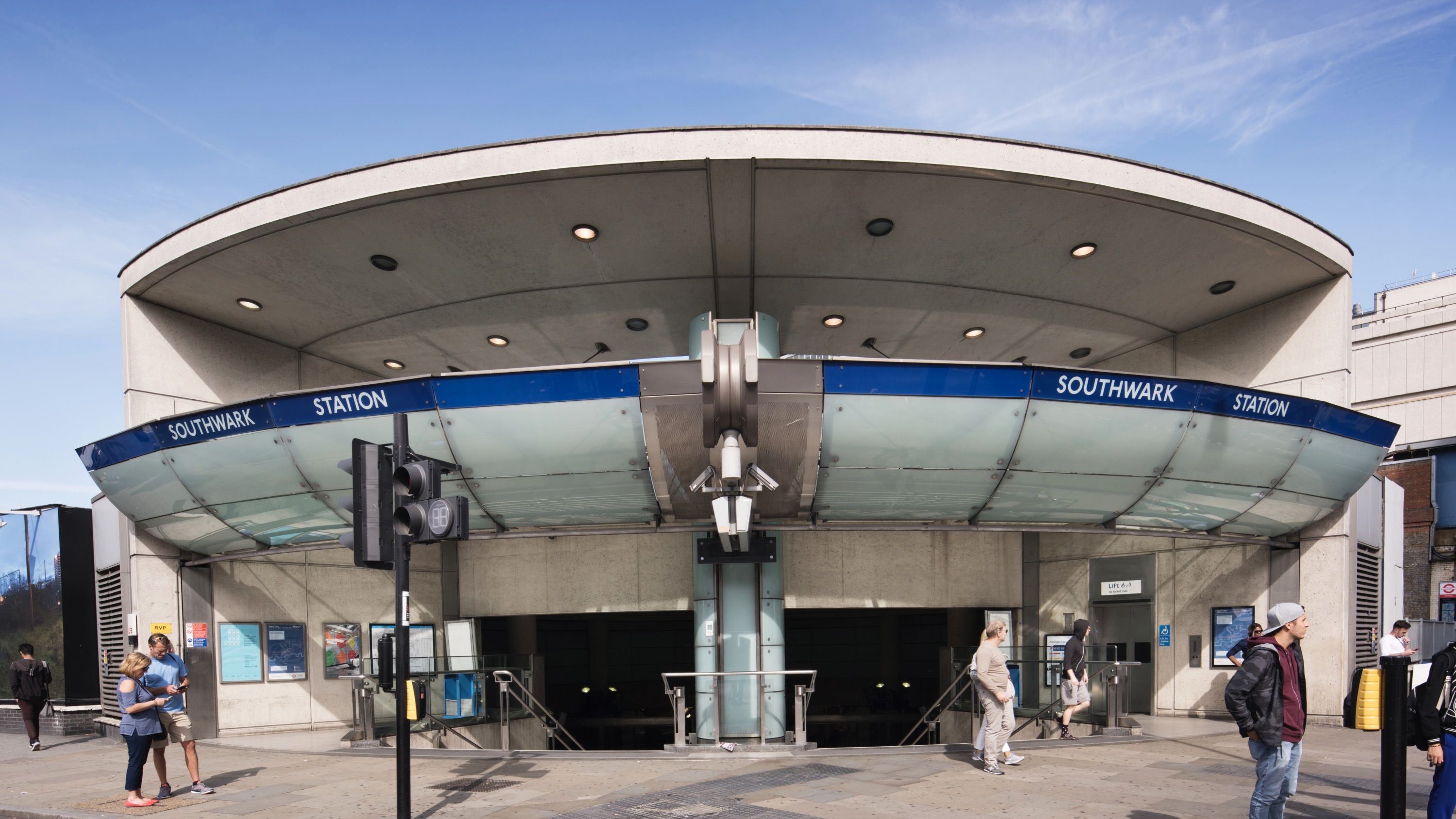 Futuristic-feeling Southwark Tube Station has been granted Grade II-listed status
Futuristic-feeling Southwark Tube Station has been granted Grade II-listed statusCelebrated as an iconic piece of late 20th-century design, the station has been added to England’s National Heritage List
-
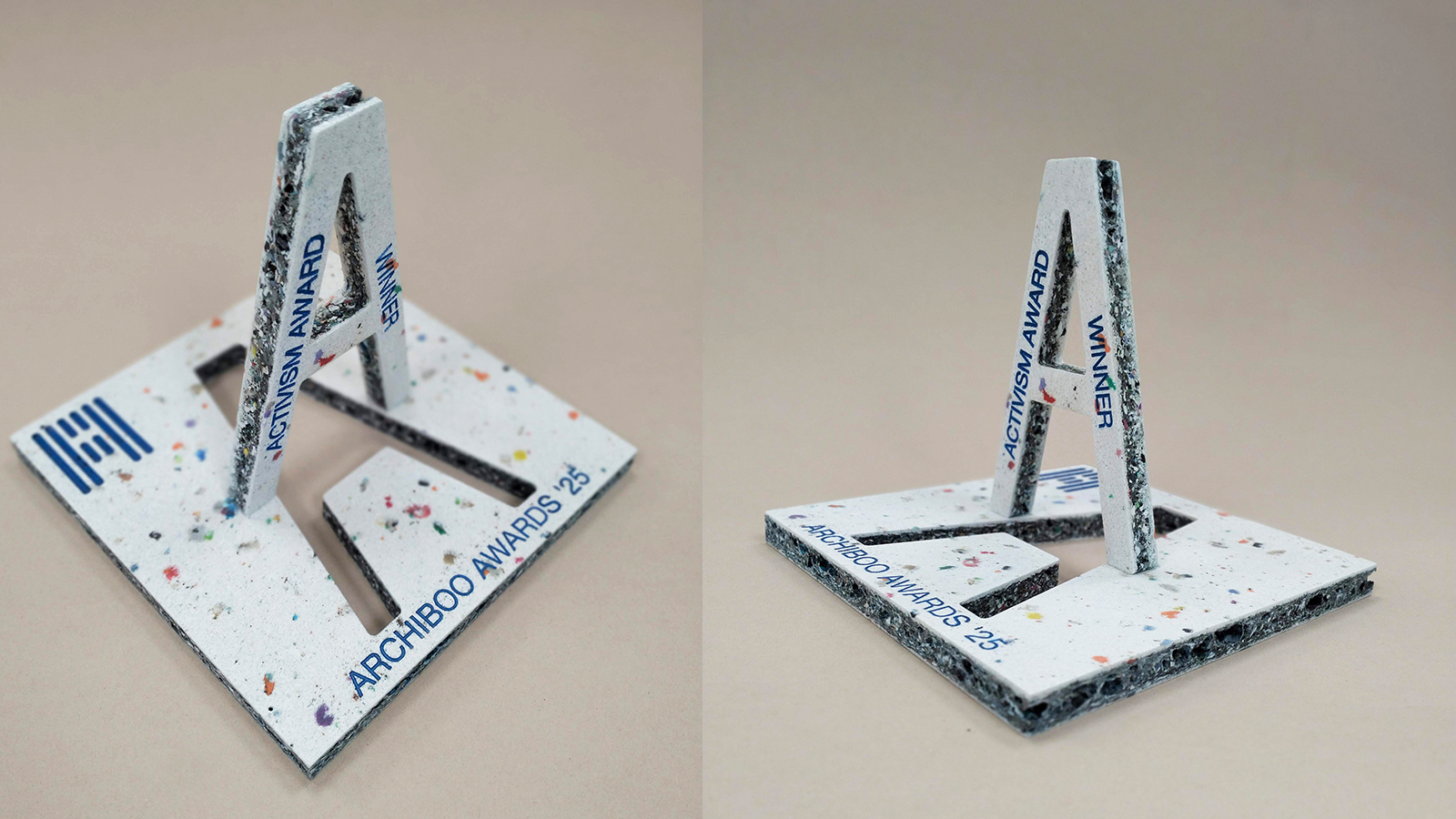 Archiboo Awards 2025 revealed, including prizes for architecture activism and use of AI
Archiboo Awards 2025 revealed, including prizes for architecture activism and use of AIArchiboo Awards 2025 are announced, highlighting Narrative Practice as winners of the Activism in architecture category this year, among several other accolades
-
 Backstage at the Old Vic is all about light, theatre and sustainable action
Backstage at the Old Vic is all about light, theatre and sustainable actionThe theatre's new creative hub by Haworth Tompkins has completed, bringing a distinctly contemporary and colourful addition to the popular theatre space in South London
-
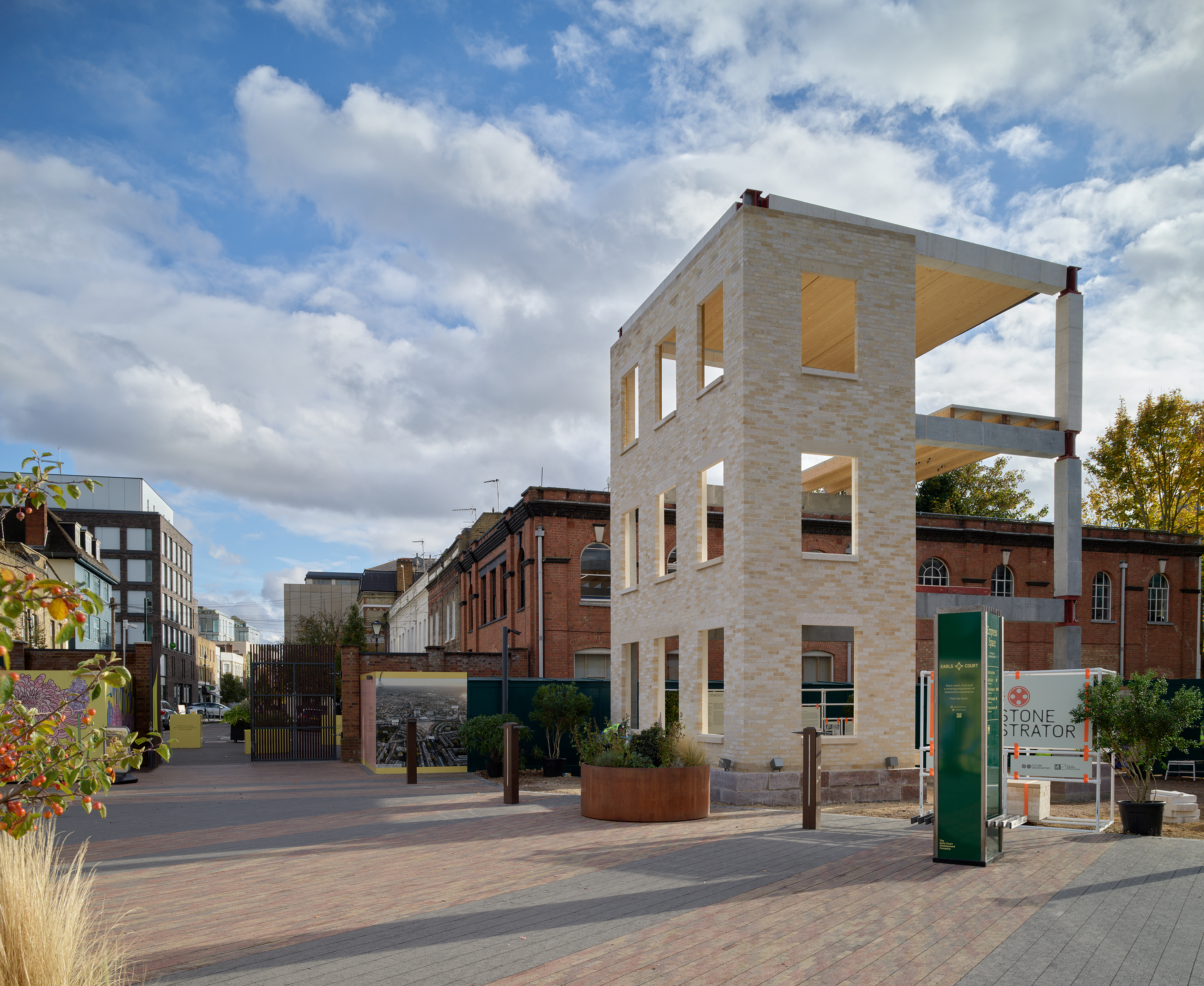 Tempted to try building with stone? This project will convince you of its merits
Tempted to try building with stone? This project will convince you of its meritsWelcome to the Future Observatory's The Stone Demonstrator, a project conceived to show off the material's strong points, now on display in West London
-
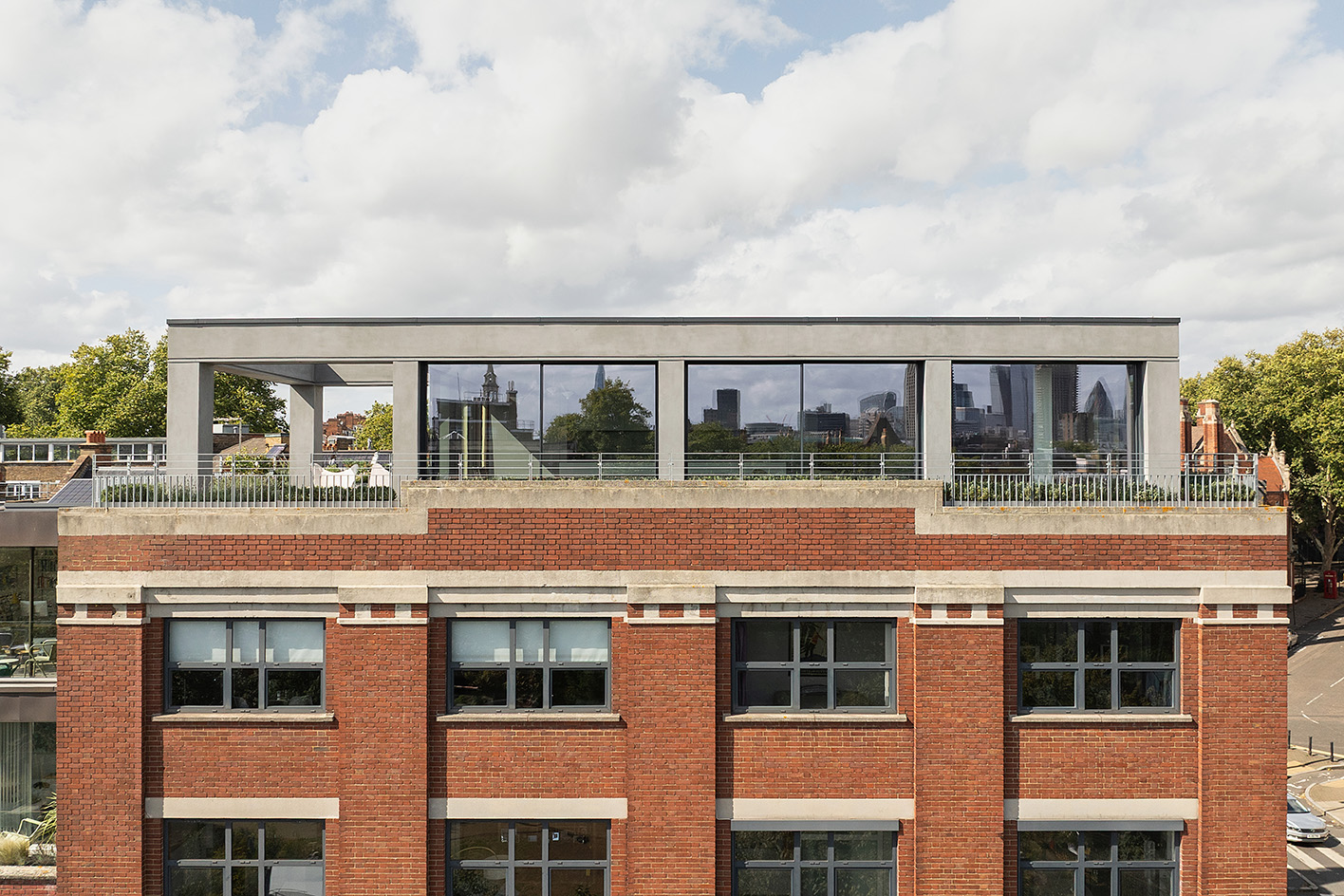 Step inside this Clerkenwell Rooftop, transformed into a minimalist urban abode
Step inside this Clerkenwell Rooftop, transformed into a minimalist urban abodeA Clerkenwell Rooftop has been transformed by Studio Felicity Bell into a minimalist modern home, featuring airy interiors and long views of London
-
 Richard Seifert's London: 'Urban, modern and bombastically brutalist'
Richard Seifert's London: 'Urban, modern and bombastically brutalist'London is full of Richard Seifert buildings, sprinkled with the 20th-century architect's magic and uncompromising style; here, we explore his prolific and, at times, controversial career
-
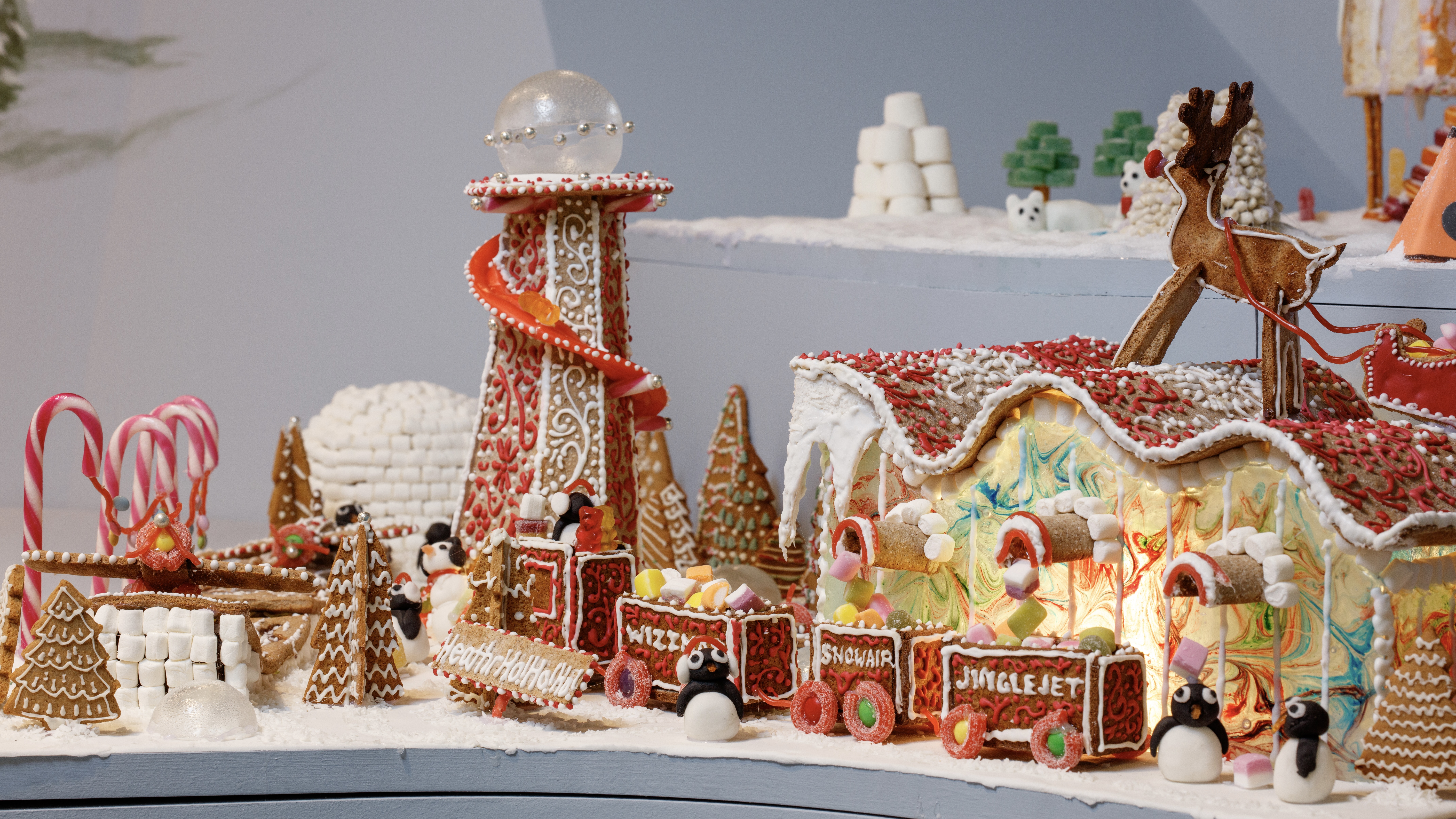 Welcome to The Gingerbread City – a baked metropolis exploring the idea of urban ‘play’
Welcome to The Gingerbread City – a baked metropolis exploring the idea of urban ‘play’The Museum of Architecture’s annual exhibition challenges professionals to construct an imaginary, interactive city entirely out of gingerbread
-
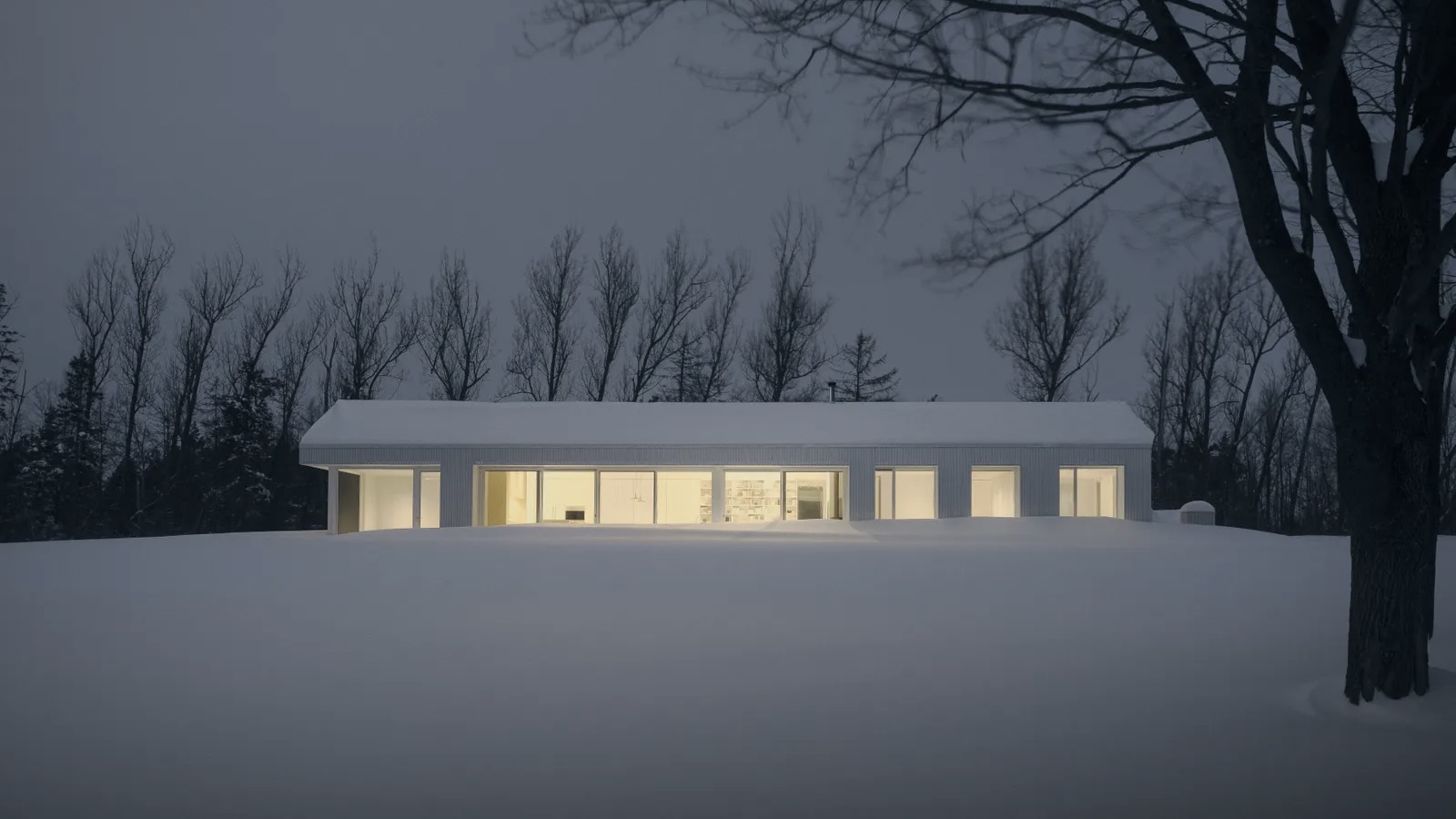 The Architecture Edit: Wallpaper’s houses of the month
The Architecture Edit: Wallpaper’s houses of the monthFrom Malibu beach pads to cosy cabins blanketed in snow, Wallpaper* has featured some incredible homes this month. We profile our favourites below